Home>Gardening & Outdoor>Landscaping Ideas>How Long To Water Grass In Fall
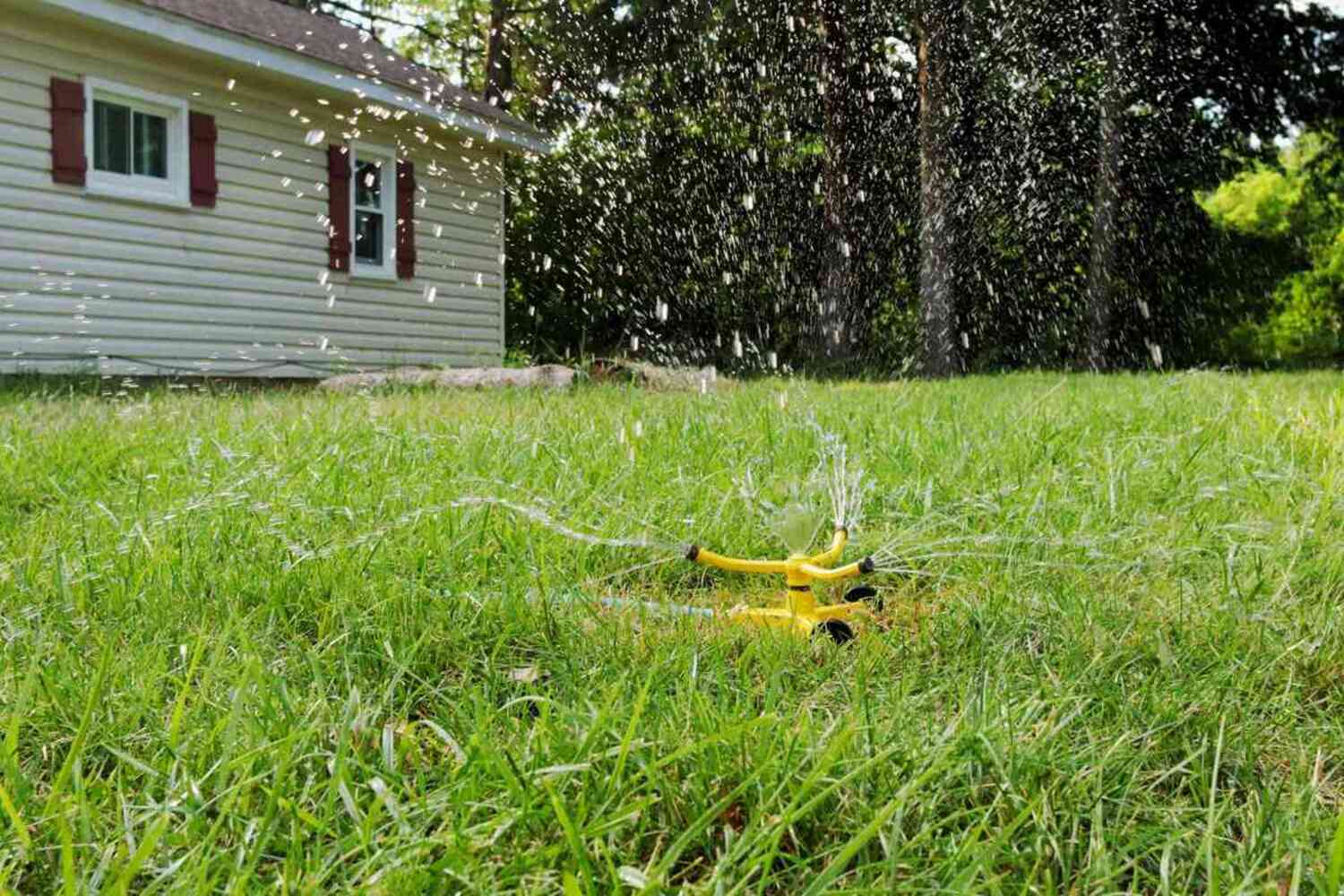

Landscaping Ideas
How Long To Water Grass In Fall
Modified: March 24, 2024
Learn the best fall watering tips for your grass and keep your landscaping looking lush and healthy. Find expert advice and ideas for fall lawn care.
(Many of the links in this article redirect to a specific reviewed product. Your purchase of these products through affiliate links helps to generate commission for Storables.com, at no extra cost. Learn more)
Introduction
When the fall season arrives, it brings a welcome change in the weather, creating the perfect conditions for nurturing a lush, healthy lawn. As the temperatures become milder and the days grow shorter, the watering needs of your grass also undergo a transformation. Understanding the optimal watering practices during the fall is crucial for maintaining a vibrant lawn and preparing it for the challenges of the upcoming winter.
In this comprehensive guide, we will delve into the intricacies of watering your grass during the fall season. By exploring the factors that influence watering requirements, establishing a recommended watering schedule, identifying signs of overwatering or underwatering, and offering practical tips for efficient watering, you will gain valuable insights to ensure the well-being of your lawn.
Join us on this journey to discover the art of nurturing your grass during the fall, and empower yourself with the knowledge to create a verdant landscape that will be the envy of the neighborhood.
Key Takeaways:
- Optimize your fall watering schedule by adjusting frequency, timing, and duration based on temperature, rainfall, grass type, soil, and growth stage for a healthy and vibrant lawn.
- Watch for signs of overwatering and underwatering, and implement efficient watering tips such as proper irrigation, weather-based adjustments, mulching, water conservation, and regular maintenance checks.
Read more: How Often Water Grass In Fall
Factors Affecting Watering Needs
Several factors come into play when determining the watering needs of your lawn during the fall season. Understanding these influences is essential for tailoring your watering practices to meet the specific requirements of your grass.
- Temperature: As the fall season progresses, the temperature fluctuates, affecting the rate of evaporation and the water absorption capacity of the soil. Cooler temperatures generally result in reduced evaporation, allowing the soil to retain moisture for longer periods.
- Rainfall: The frequency and amount of rainfall in your region directly impact the watering demands of your lawn. Areas experiencing abundant rainfall may require less supplemental watering, while regions with limited rainfall will necessitate more attentive irrigation.
- Grass Type: Different grass species have varying water requirements. Cool-season grasses such as fescue, bluegrass, and ryegrass thrive in the fall and typically require more water during this period to support their growth and development.
- Soil Type: The composition of your soil significantly influences its water retention capacity. Sandy soils drain quickly and may necessitate more frequent watering, while clay soils retain moisture for longer durations, reducing the frequency of irrigation.
- Growth Stage: The growth phase of your grass, whether it is actively growing or transitioning into dormancy, affects its water needs. Understanding the growth stage enables you to adjust your watering regimen accordingly.
By considering these factors, you can gain valuable insights into the unique watering requirements of your lawn during the fall season. This understanding forms the foundation for establishing an effective and tailored watering schedule to promote the health and vitality of your grass.
Recommended Watering Schedule
Establishing a well-crafted watering schedule is essential for nurturing your lawn during the fall season. By aligning your watering practices with the specific needs of your grass, you can foster robust growth and resilience. Here’s a recommended watering schedule to guide you in maintaining a flourishing lawn:
- Frequency: In the early fall, aim to water your lawn approximately 1-2 times per week. As the season progresses and temperatures cool further, you can gradually reduce the frequency to once every 10-14 days. Adjust the watering frequency based on the prevailing weather conditions and the moisture levels of the soil.
- Timing: Water your lawn in the early morning to allow the grass blades to dry during the day, reducing the risk of disease. Avoid watering in the evening, as prolonged moisture on the grass can create a conducive environment for fungal growth.
- Duration: When watering, ensure that the soil receives a deep soaking to encourage the development of strong and resilient roots. Aim for approximately 1 inch of water per session, allowing the moisture to penetrate the soil to a depth of 6-8 inches.
- Monitoring: Regularly assess the moisture levels of your lawn by conducting simple tests, such as inserting a screwdriver into the soil to gauge its dampness. Adjust your watering schedule based on the results of these assessments to prevent overwatering or underwatering.
It’s important to note that these guidelines serve as a general framework, and the specific watering needs of your lawn may vary based on the unique conditions of your region and the characteristics of your grass. By observing your lawn closely and adapting your watering schedule accordingly, you can optimize the health and vitality of your grass during the fall season.
Water your grass in the fall for about 20-30 minutes per session, 2-3 times a week. This will help the roots stay healthy and prepare for the winter.
Signs of Overwatering or Underwatering
Recognizing the signs of overwatering or underwatering is crucial for maintaining the health and vigor of your lawn during the fall. By being attuned to these indicators, you can make timely adjustments to your watering practices, ensuring that your grass receives the optimal amount of moisture. Here are the key signs to watch for:
- Overwatering: Excessive moisture can lead to a range of detrimental effects on your lawn. Signs of overwatering include the presence of standing water or puddles on the lawn, a perpetually soggy or mushy feel to the soil, and an increase in fungal diseases such as powdery mildew or brown patch. Additionally, overwatered grass may exhibit a wilted appearance, as the roots suffocate in waterlogged soil, impeding their ability to absorb oxygen and nutrients.
- Underwatering: Insufficient moisture can also manifest in various ways, signaling that your grass is in need of more water. Signs of underwatering include the development of dry, straw-colored patches on the lawn, wilting or curling of the grass blades, and a lack of springiness in the soil, indicating dehydration. As the soil dries out, the grass becomes stressed and may struggle to recover, leading to a dull, lackluster appearance.
By closely monitoring your lawn and remaining vigilant for these telltale signs, you can proactively address any imbalances in your watering regimen, ensuring that your grass receives the ideal amount of moisture to thrive during the fall season.
Tips for Efficient Watering
Efficient watering practices are essential for promoting the health and vitality of your lawn during the fall. By incorporating these tips into your watering routine, you can optimize the use of water, minimize waste, and foster a resilient and vibrant grassy landscape:
- Utilize Proper Irrigation Techniques: Employ efficient irrigation methods, such as soaker hoses, drip irrigation, or oscillating sprinklers, to deliver water directly to the root zone of the grass. This targeted approach maximizes the effectiveness of watering, minimizing runoff and evaporation.
- Adjust Based on Weather Conditions: Remain adaptable in your watering schedule, taking into account fluctuations in temperature, humidity, and rainfall. During periods of increased rainfall, adjust your irrigation frequency to prevent overwatering, while in drier spells, be prepared to supplement with additional watering sessions.
- Mulch to Retain Moisture: Apply a layer of organic mulch, such as shredded bark or compost, around trees, shrubs, and garden beds to conserve soil moisture. This mulch also helps regulate soil temperature, reducing moisture loss through evaporation and promoting a healthy soil environment for your grass.
- Practice Water Conservation: Embrace water-saving practices, such as collecting rainwater in barrels for later use in watering, and implementing water-efficient landscaping features, including drought-resistant plants and permeable paving, to minimize water consumption while maintaining a beautiful outdoor space.
- Perform Regular Maintenance Checks: Inspect your irrigation system for leaks, clogs, or misalignments, ensuring that water is distributed evenly across your lawn. Additionally, adjust sprinkler heads to prevent water wastage on sidewalks, driveways, or other non-landscaped areas.
By integrating these tips into your approach to watering, you can enhance the efficiency and effectiveness of your irrigation practices, conserving water resources while nurturing a luxuriant and resilient lawn that thrives throughout the fall season.
Read more: How Long To Water Your Grass
Conclusion
As the fall season unfolds, your lawn undergoes a transition, necessitating thoughtful and attentive watering practices to support its health and vitality. By considering the myriad factors that influence watering needs, establishing a tailored watering schedule, and remaining vigilant for signs of overwatering or underwatering, you can cultivate a flourishing grassy expanse that enhances the beauty of your outdoor space.
Embracing efficient watering techniques, such as proper irrigation methods, adjustments based on weather conditions, and the integration of water-saving strategies, empowers you to optimize the use of water resources while promoting the resilience and lushness of your lawn. By implementing these measures, you not only foster a vibrant and verdant landscape but also contribute to the conservation of precious water supplies, aligning with sustainable and eco-conscious landscaping practices.
As you embark on this journey of nurturing your lawn during the fall, remember that each lawn is unique, and attentive observation and adaptation are key to ensuring its well-being. By remaining attuned to the evolving needs of your grass and infusing your watering regimen with care and mindfulness, you can cultivate a stunning and robust lawn that serves as a testament to your dedication and stewardship of the natural world.
Ultimately, the art of watering your grass during the fall transcends mere maintenance; it embodies a harmonious partnership with nature, where your efforts converge with the innate resilience of the earth to create a tapestry of green splendor that enriches your outdoor environment and uplifts the senses of all who behold it.
Frequently Asked Questions about How Long To Water Grass In Fall
Was this page helpful?
At Storables.com, we guarantee accurate and reliable information. Our content, validated by Expert Board Contributors, is crafted following stringent Editorial Policies. We're committed to providing you with well-researched, expert-backed insights for all your informational needs.
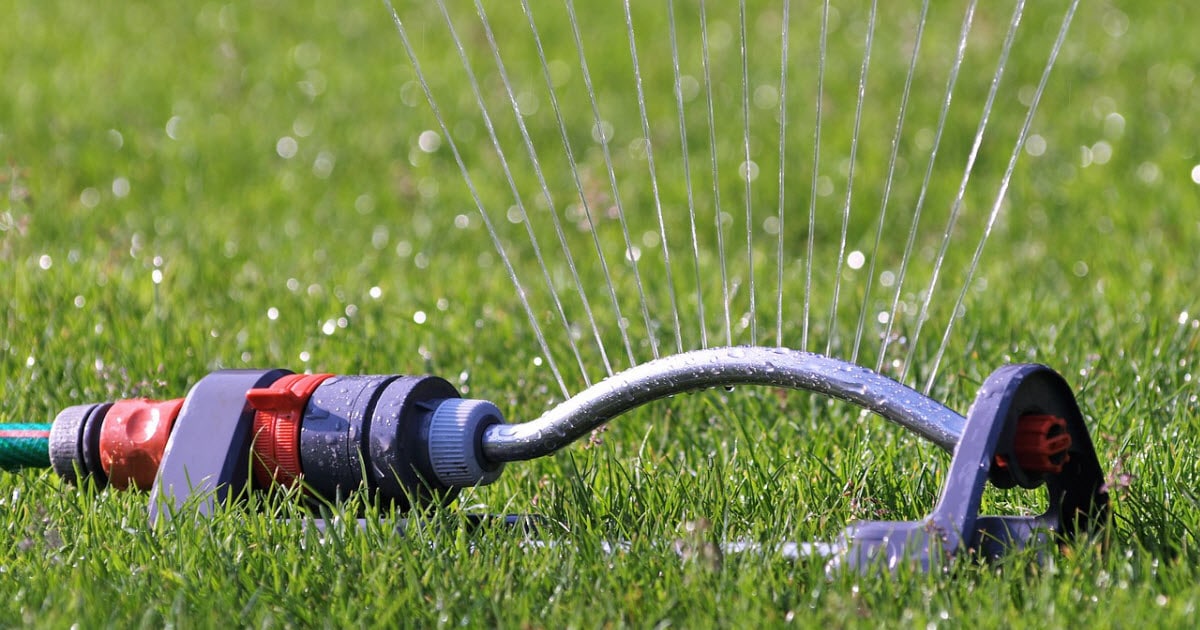
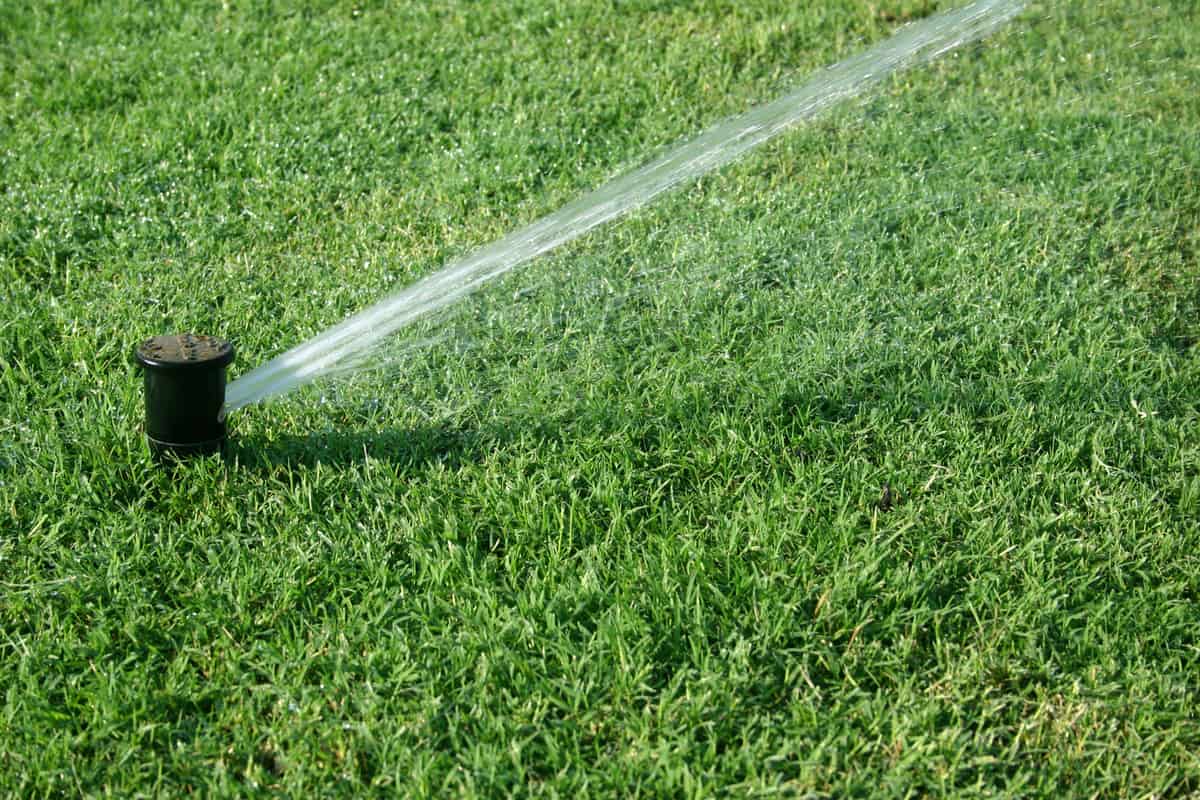
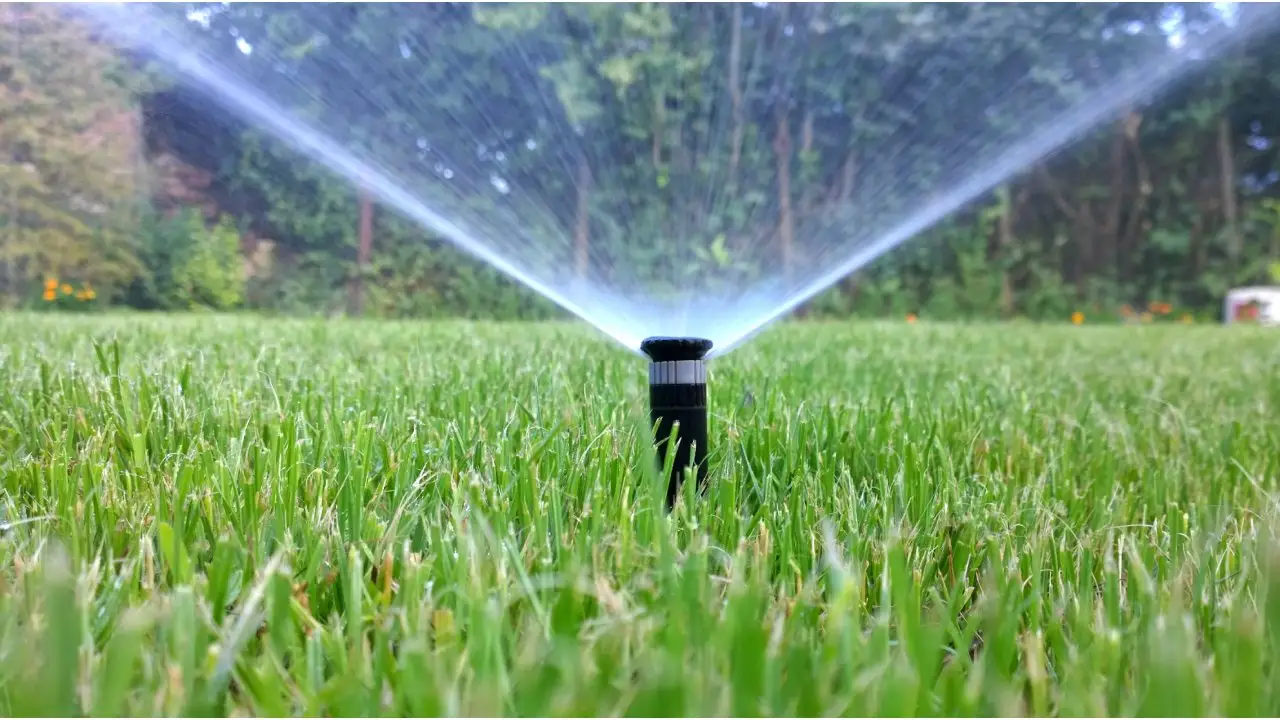
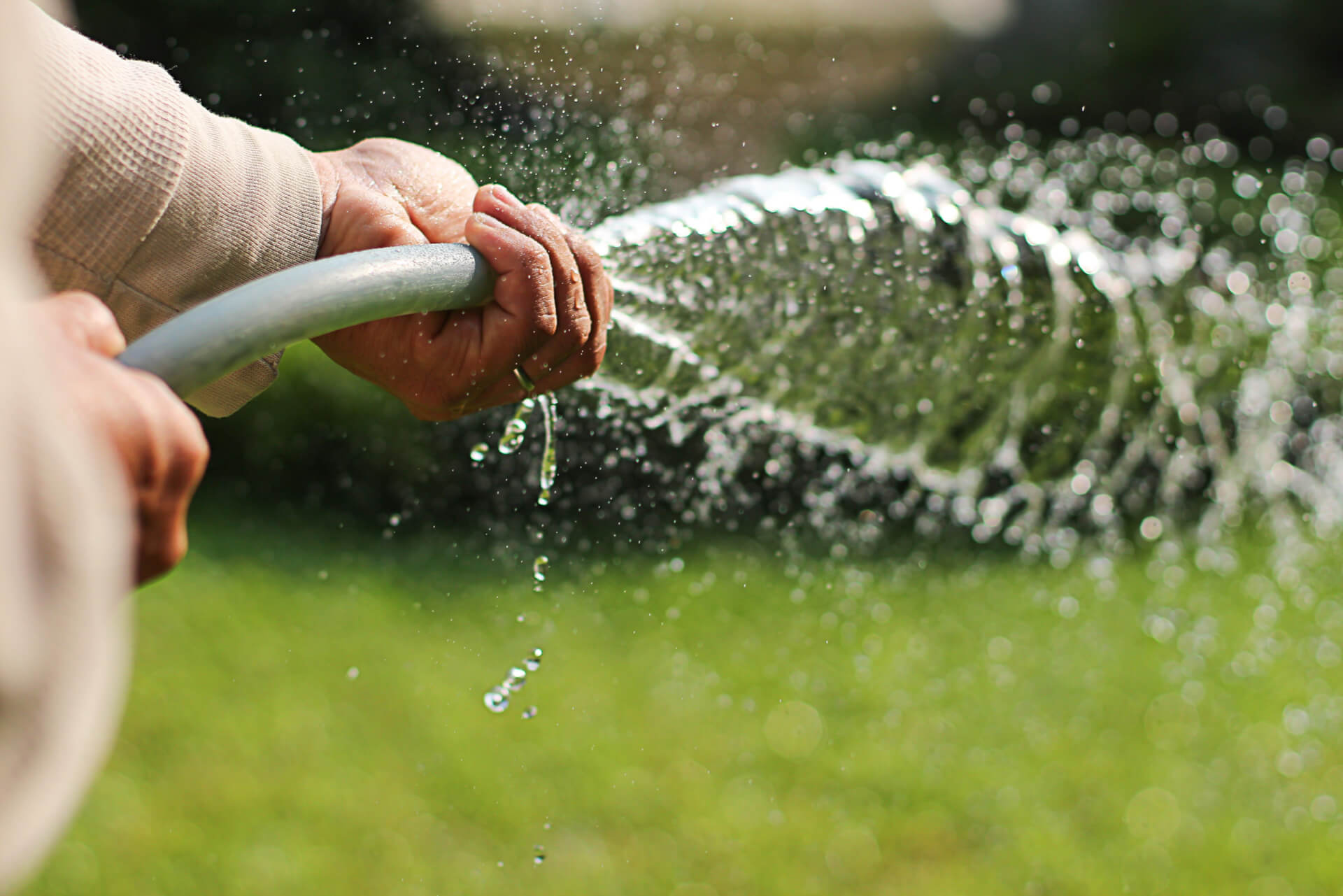
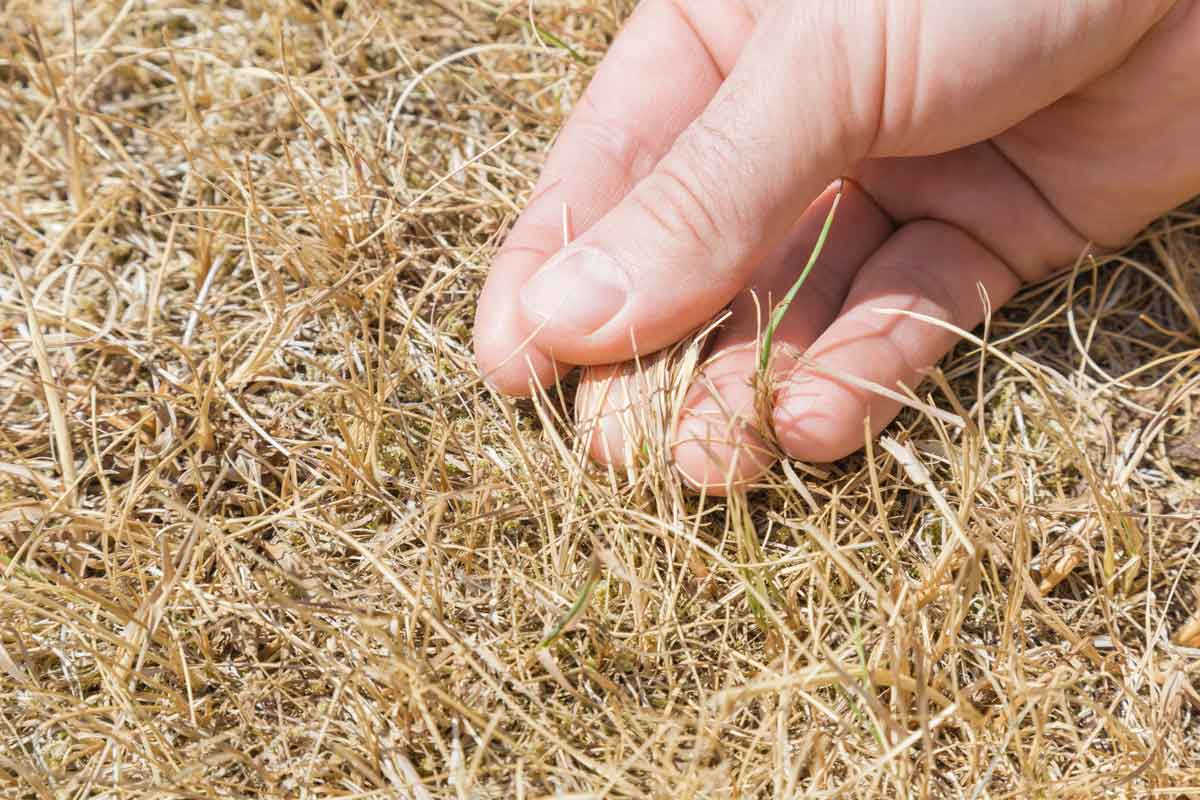
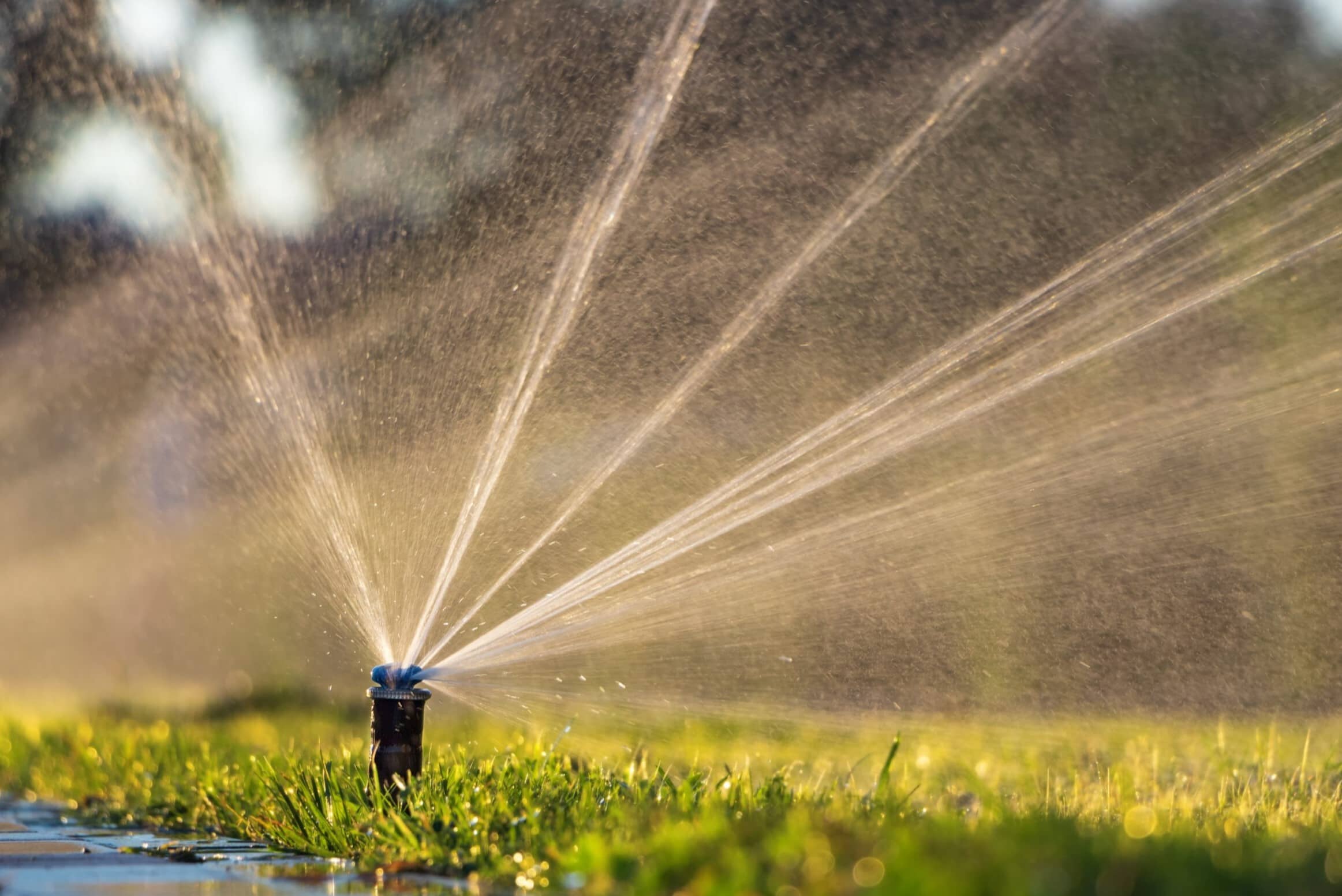
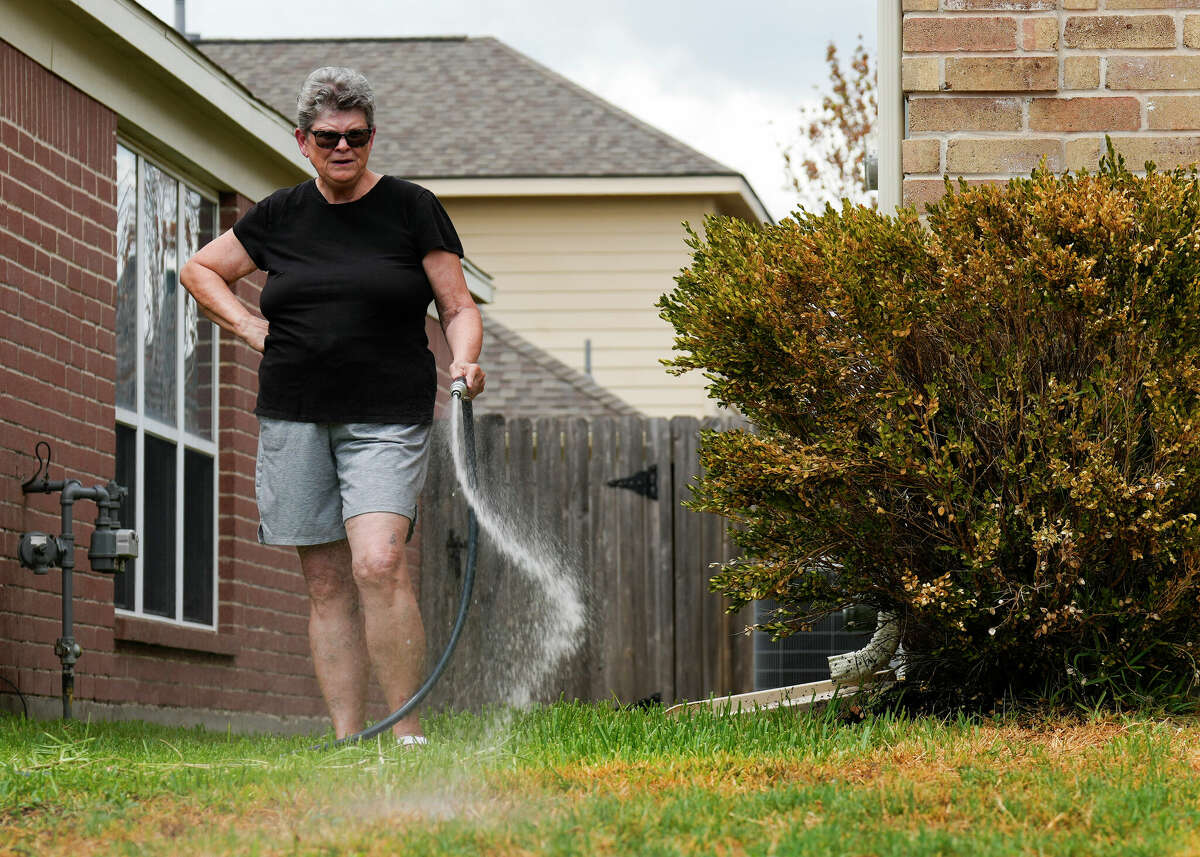
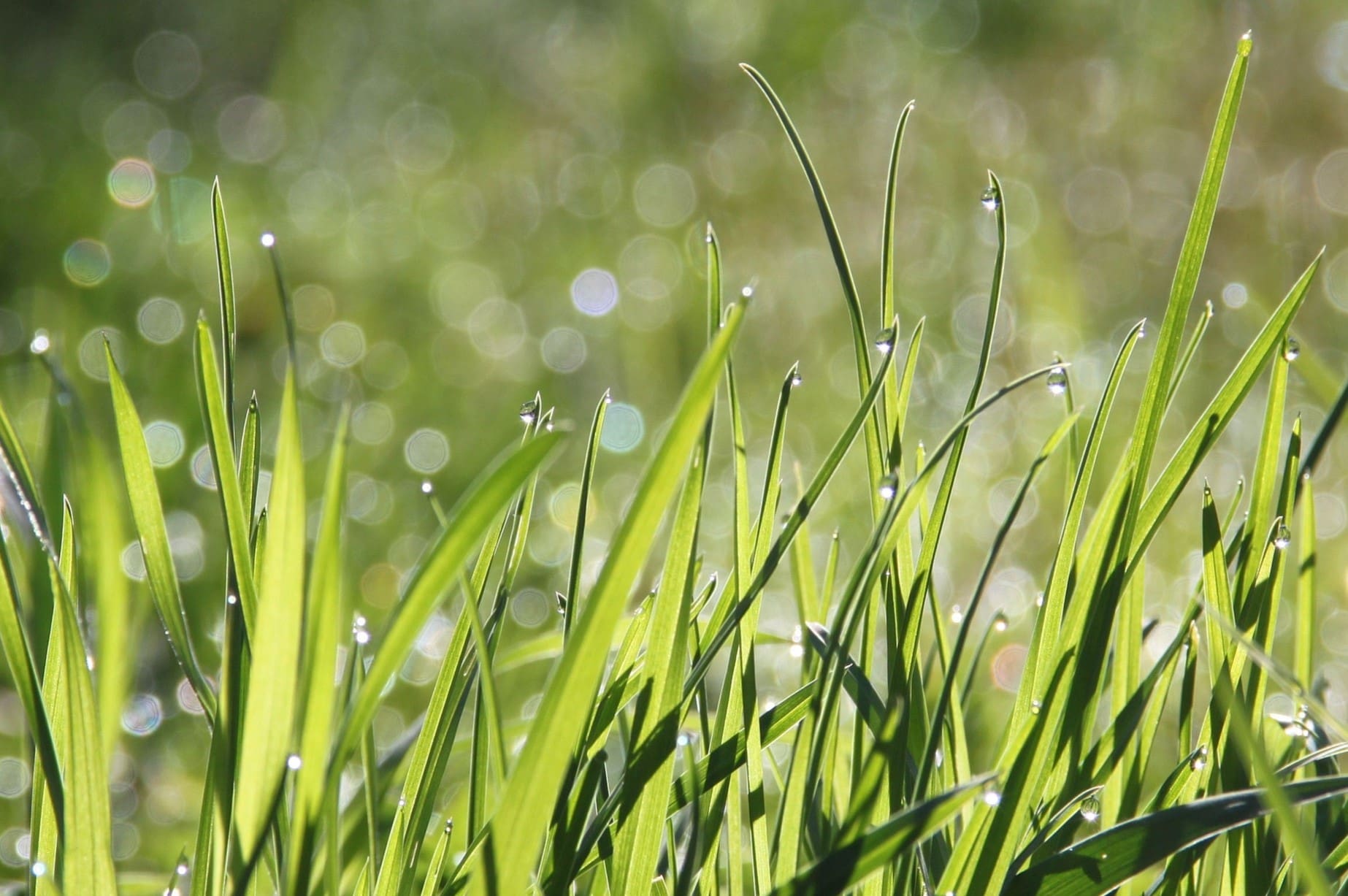
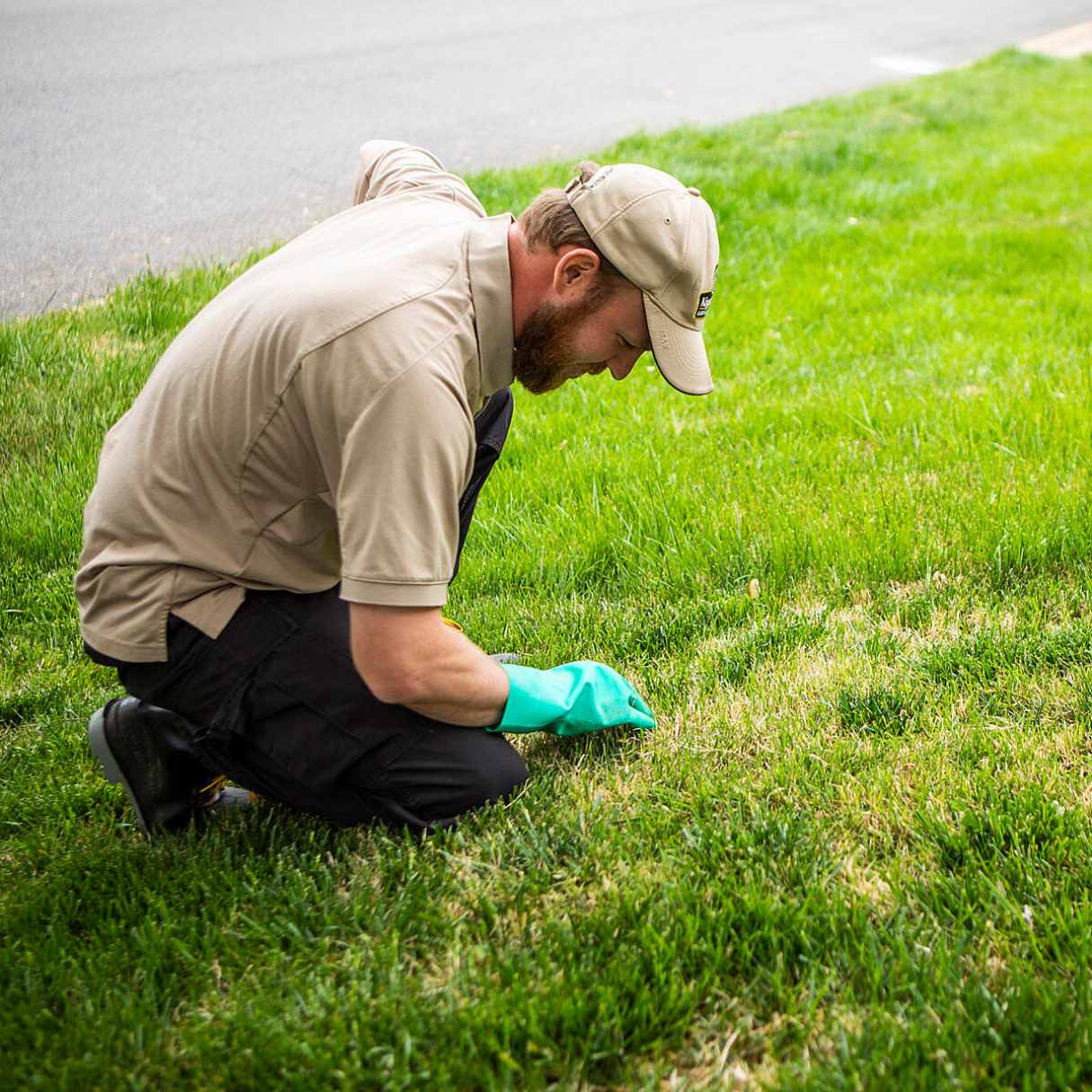

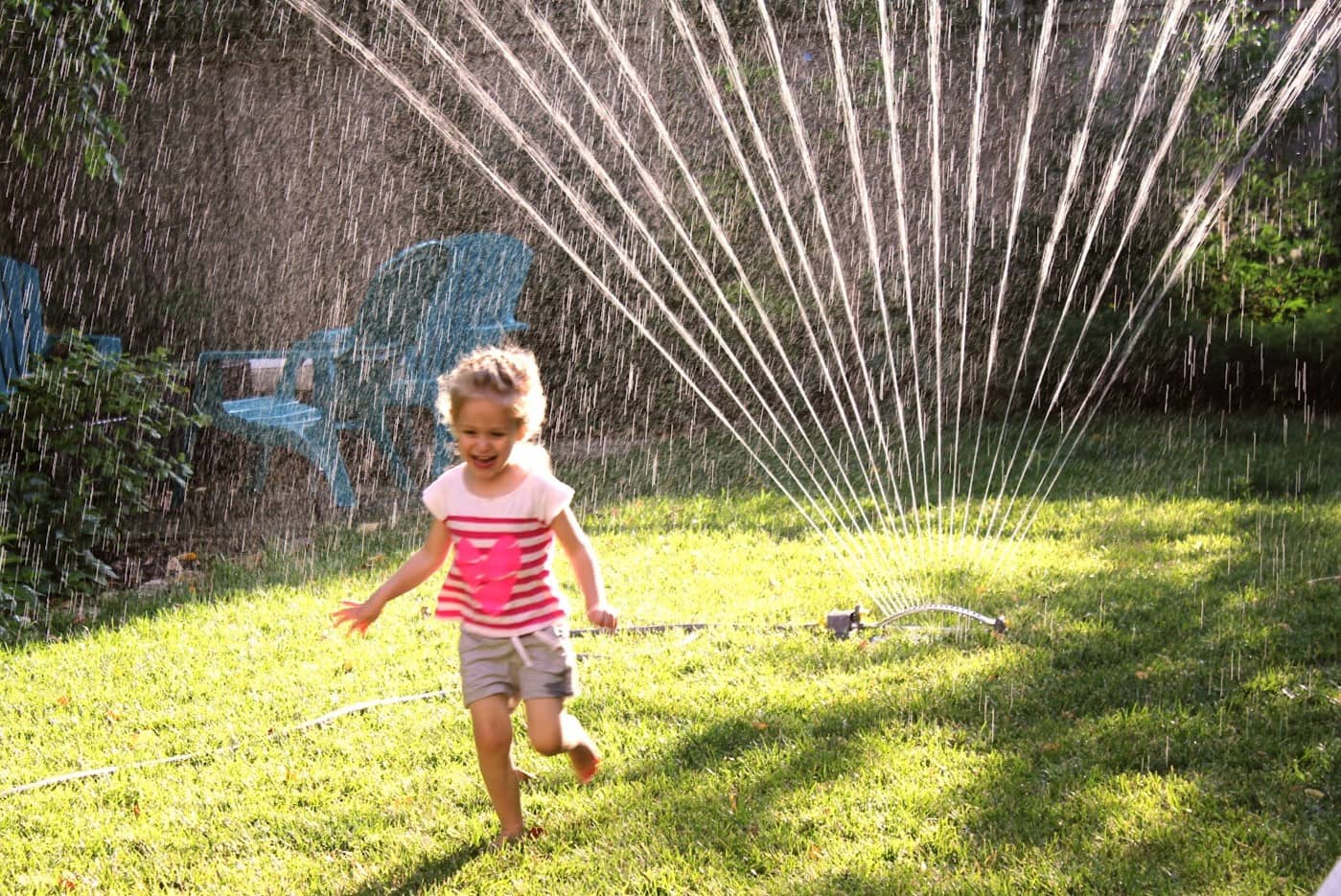

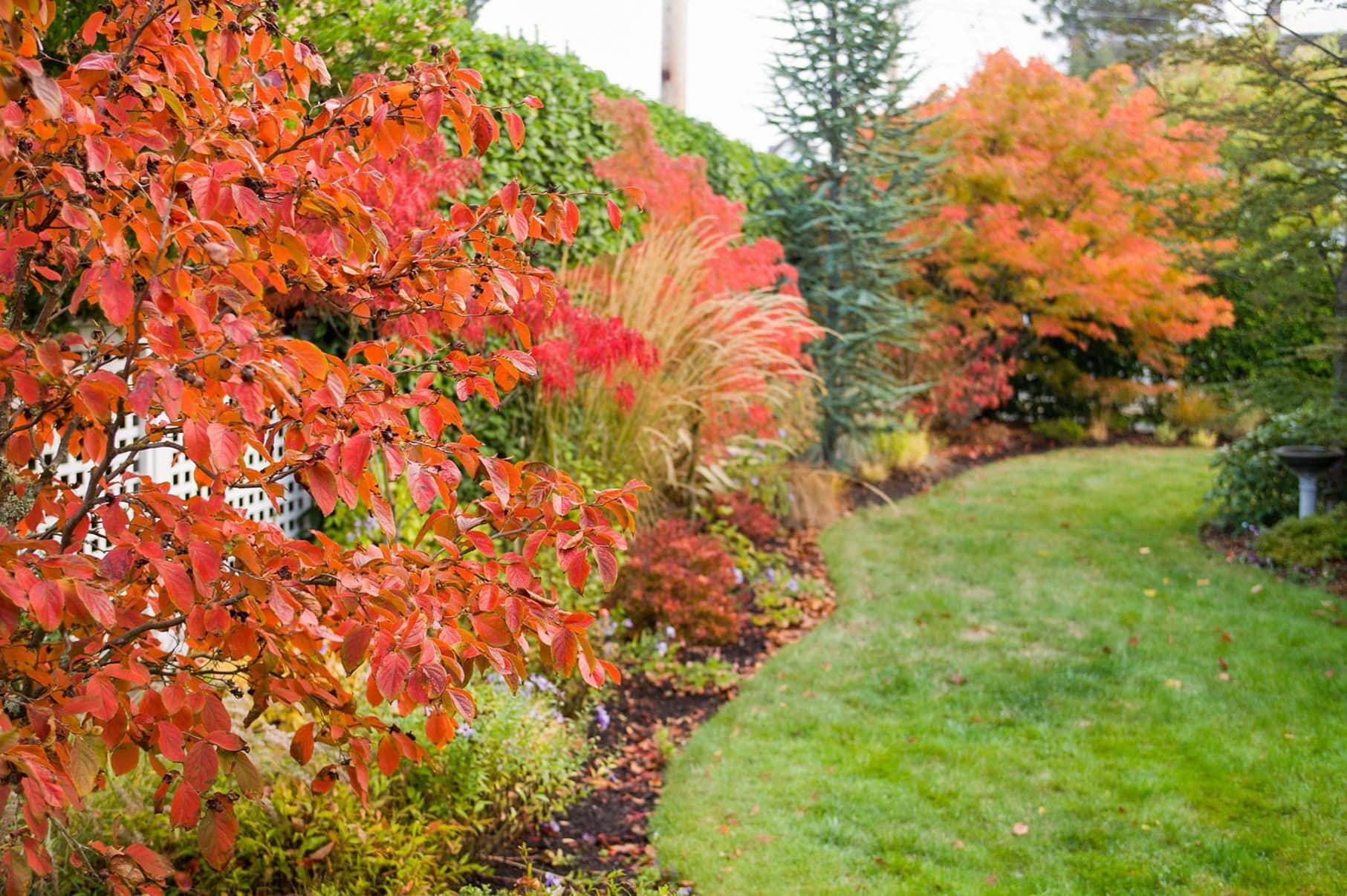


0 thoughts on “How Long To Water Grass In Fall”